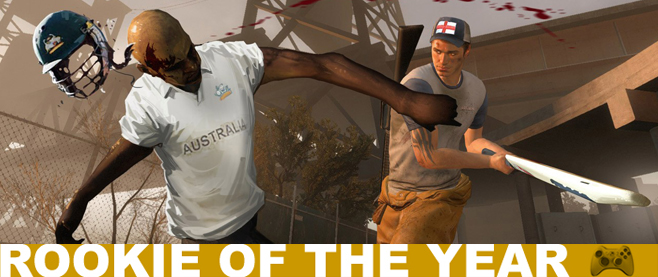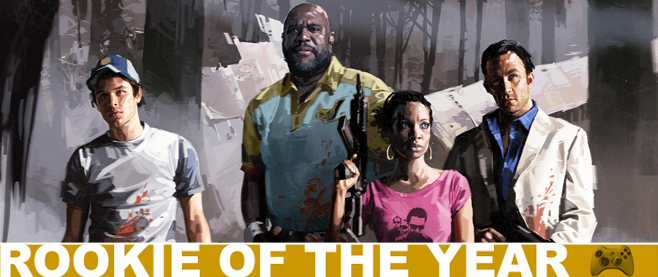
Betas are the New Coke of Video Games
Betas are the video game equivalent of the supermarket taste test. You’re served up a bite-sized experience in an environment designed to lower your inhibitions. Just like the limited number of samples on display and the ephemeral structure of the taste-test station, betas bank on their exclusive nature to draw you in for that first crucial bite. Portion sizes are tailored to leave you craving more, suppressing the possibility that a full meal of the stuff might be less appetizing.
The Coca-Cola Company discovered this approach can backfire with its infamous New Coke disaster. Back in 1985, Pepsi was chipping away at Coke’s monopoly on the soda industry, and Coke needed something to push back with. Enter New Coke. The formula had performed favorably in market testing, and the cola giant was so confident that it completely replaced its traditional line with the new variant.
Long story short: New Coke bombed, hard. Customers resented the loss of the original flavor, sending in angry letters and flooding the company hotline with complaints. Coke flip-flopped less than three months later, returning with “Classic Coke” and managing to spin a near-disaster into a rebirth that saw it knock Pepsi back down to number two.
There have been numerous theories about why New Coke failed, but the most plausible stems from the results of those early taste tests. Malcolm Gladwell, in his book Blink, explores how Coke predicted success for its new formula based on the positive response from taste-testers. The problem was, testers made their assessments based on sips rather than whole-can consumption. This allowed the greater sweetness of New Coke to give it an edge. Once regular consumers started drinking it in quantity, though, that added sweetness proved overpowering.
This same phenomenon crops up in betas. Destiny is a prime example. Two months before the game released, Bungie
opened up a public beta that gave players a chance to explore Earth and complete a number of story missions. Unbeknownst at the time, those missions constituted the entirety of the full game’s Earth-based content, as well as representing one quarter of the game as a whole. In the limited context of the beta, though, players responded optimistically.
Attitudes changed once the full game hit. Subjected to extended play sessions, Destiny’s repetitive nature revealed itself. Players quickly exhausted the main content and had to make a decision: grind through old missions and areas to facilitate an end-game that didn’t really exist, or give up and move onto something else. Many took the latter option.
The false impressions the beta created left a lot of players disappointed. Destiny’s sweetness tasted good when sipped, but left a sour taste in the mouth when gulped down can after can. Bungie has had to fight tooth and nail to earn back dejected fans, altering expansion plans and creating a ‘live’ team to support the community with regular content updates. Although Destiny eventually proved successful, the misleading taste test undoubtedly hurt its impact.
A similar situation befell Evolve, albeit with a less happy ending. Its beta generated considerable excitement, and initial reviews echoed the sentiment, but it didn’t take long for interest to wane and player counts to drop. The novelty that fueled the beta did not hold up under extended scrutiny, and Left 4 Dead 2, developer Turtle Rock’s Classic Coke, took back the crown from its successor.
Taste tests are dangerous things. They can mislead as easily as they inform, producing New Coke when people really want Classic. First impressions are just that: reactions biased by novelty and scarcity. That information can be useful, but it needs to be qualified. Remember to bring your analytical mind, fun betas don’t always point to fun games.





